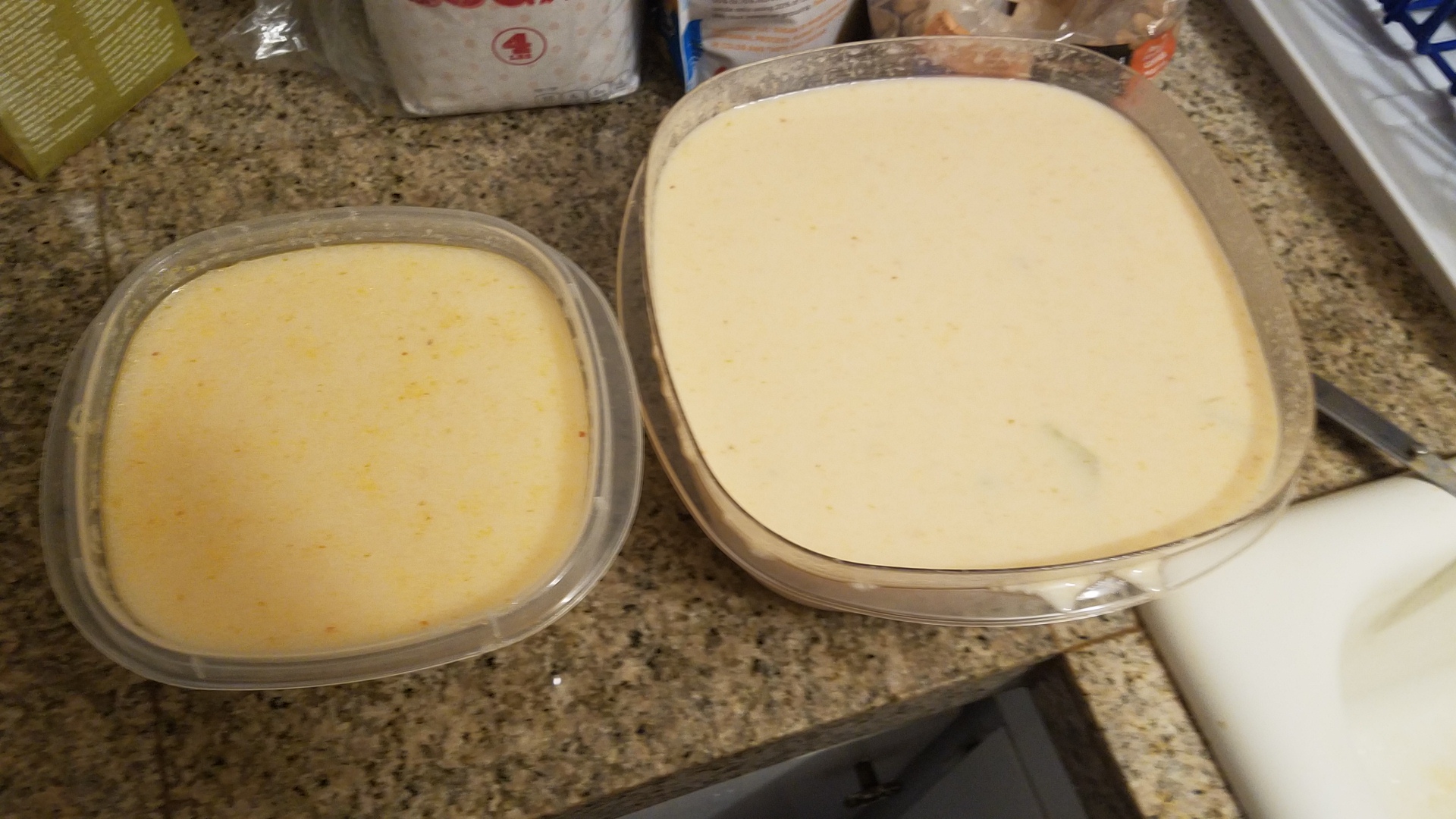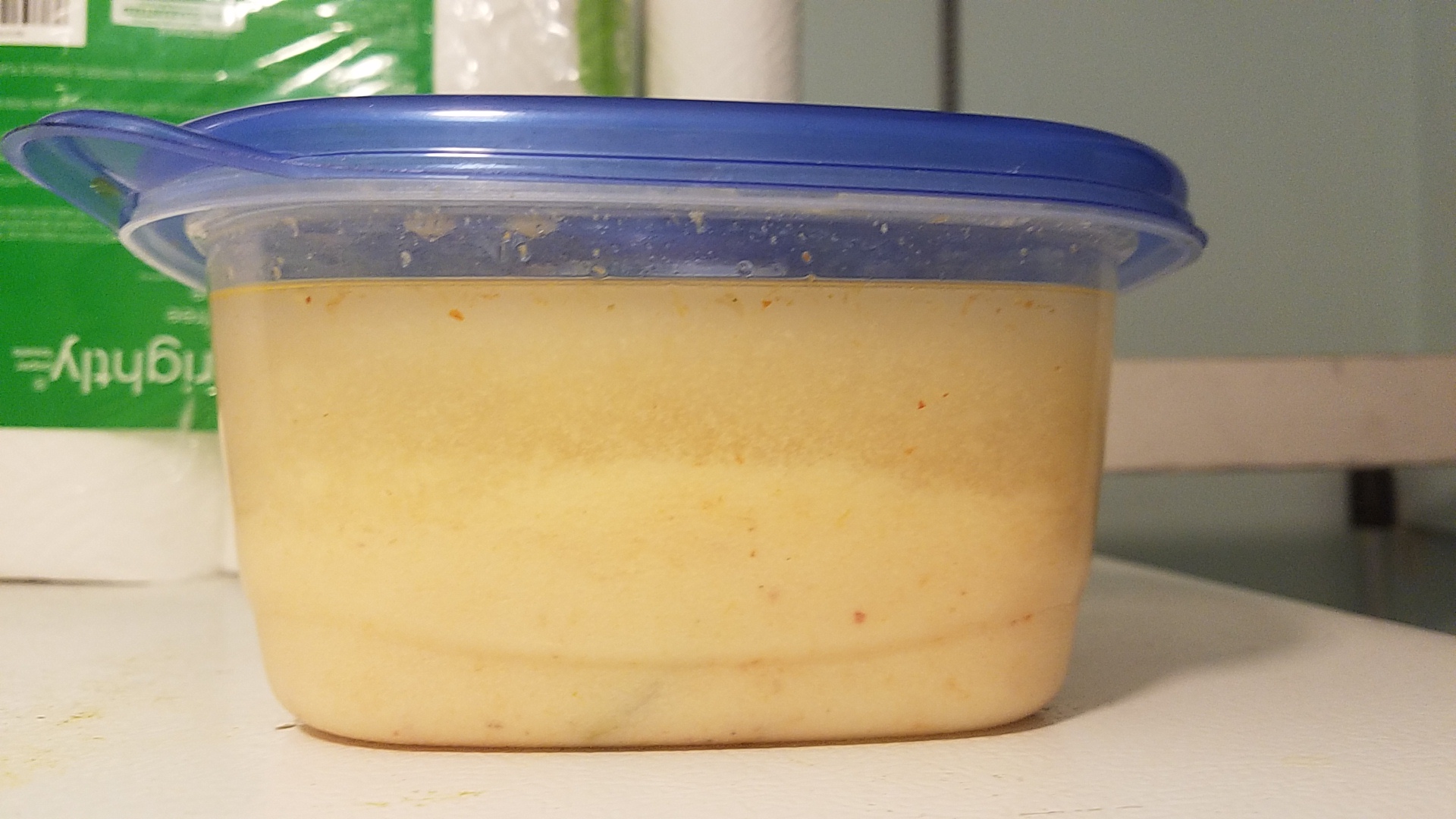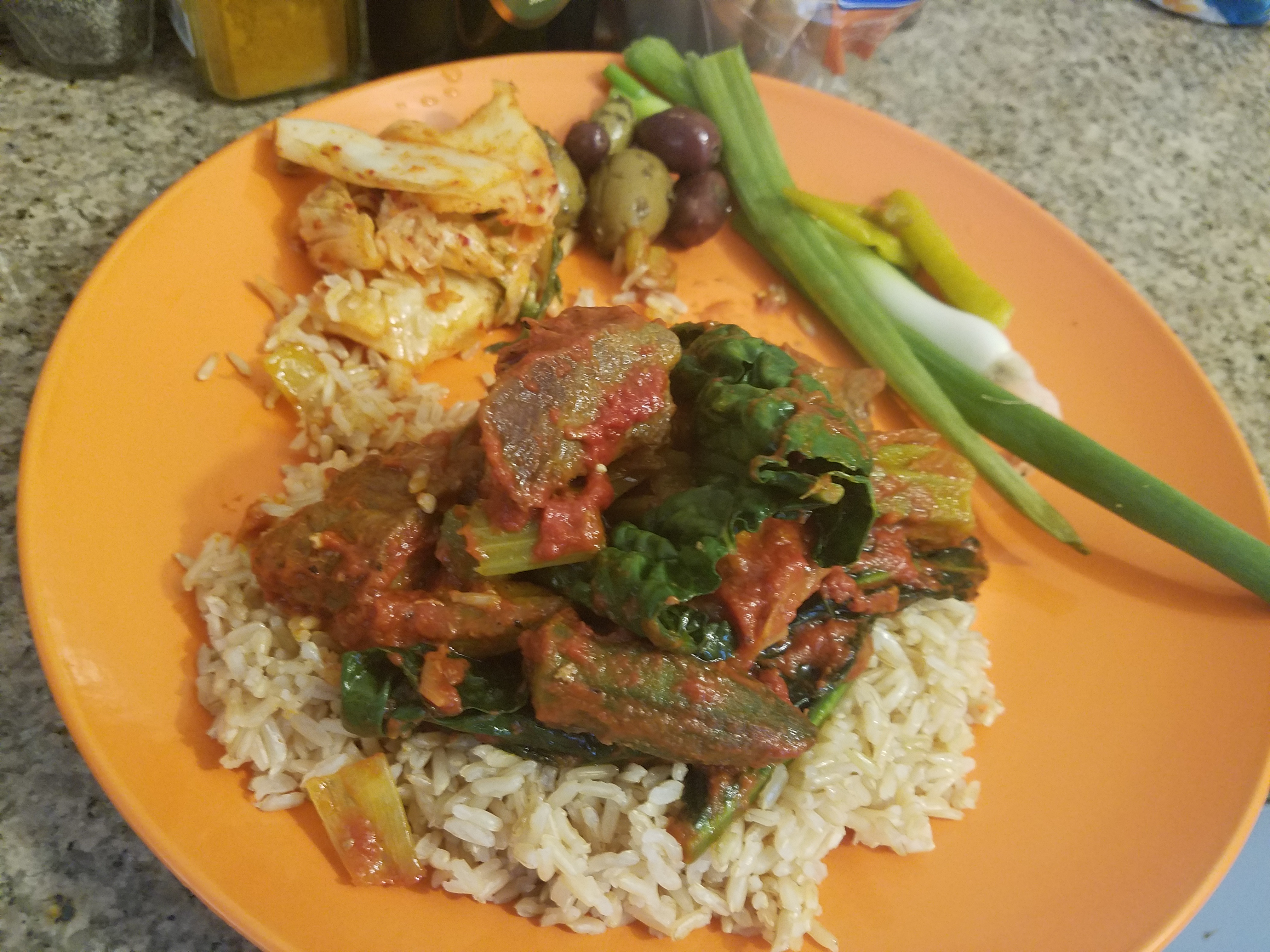This week I thought it would be interesting to switch to a topic that affects our taste: supertasters vs. nontasters:

Image credit: Leite’s Culinaria
According to leitesculinaria.com, supertasters have strong bitter taste in their mouth: “Testing proceeded without incident until a horribly bitter solution called 6-n-propylthiouracil, PROP for short, was washed on my tongue. It was so bitter, I had to lean over the sink, nauseated.
Continue reading


